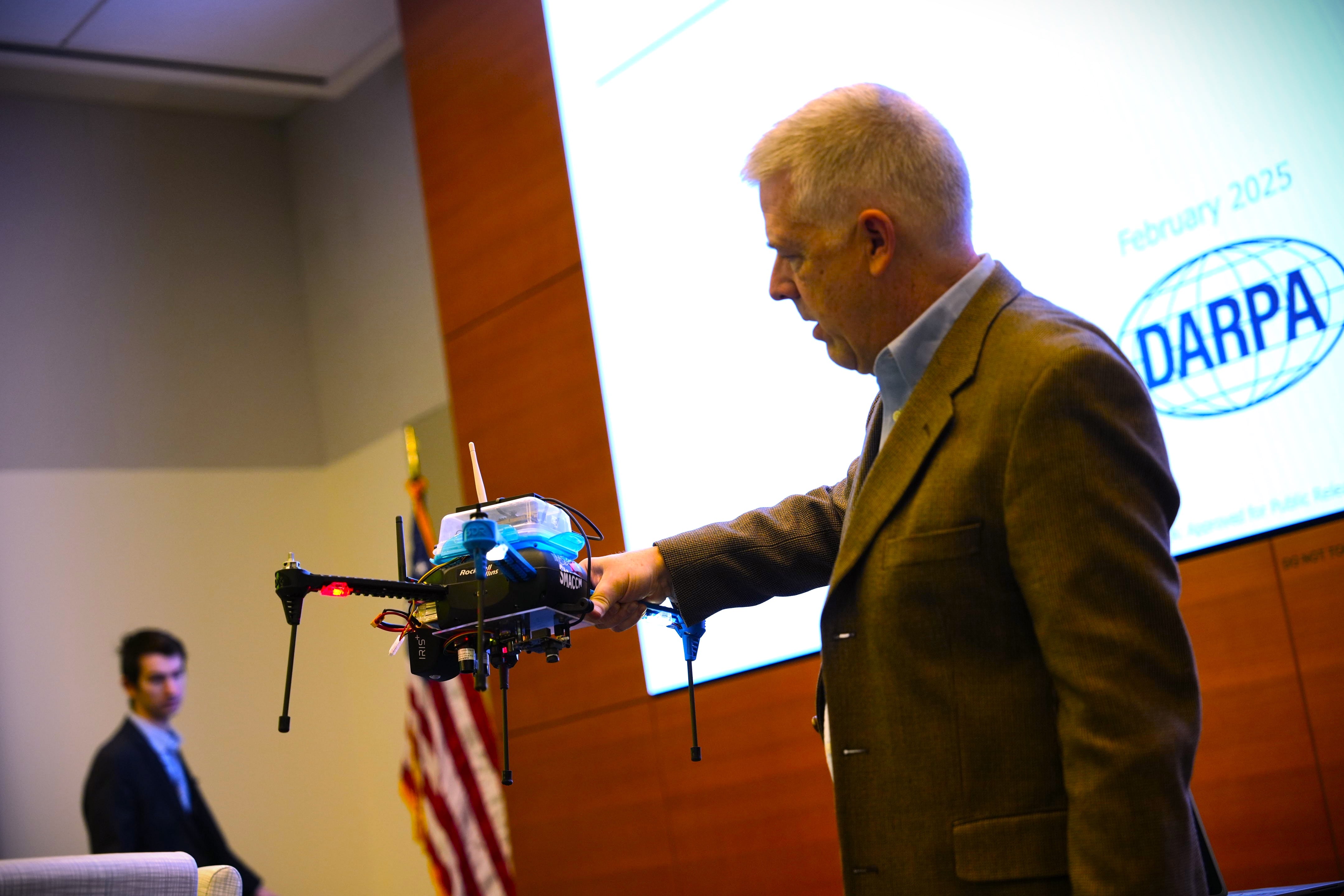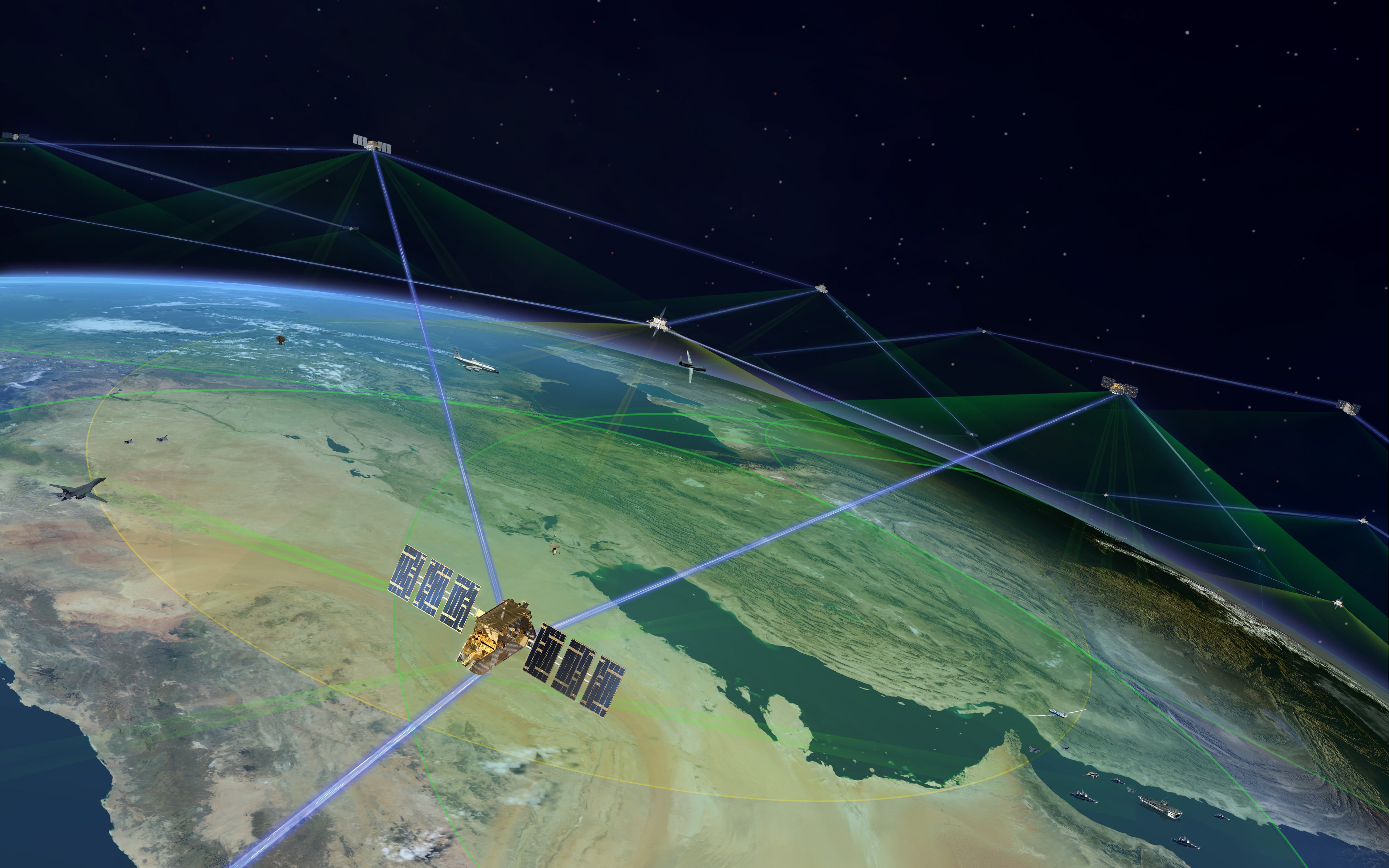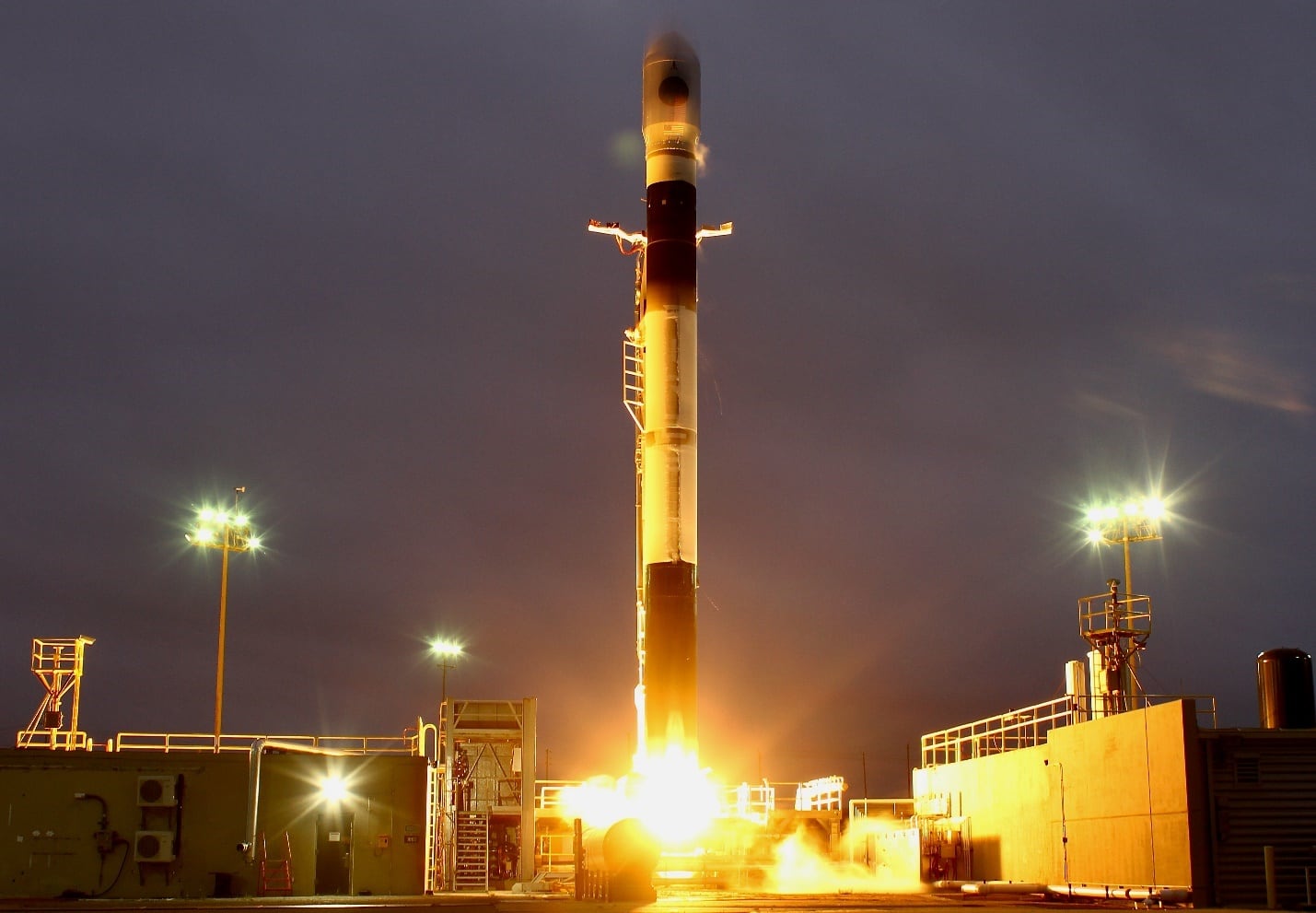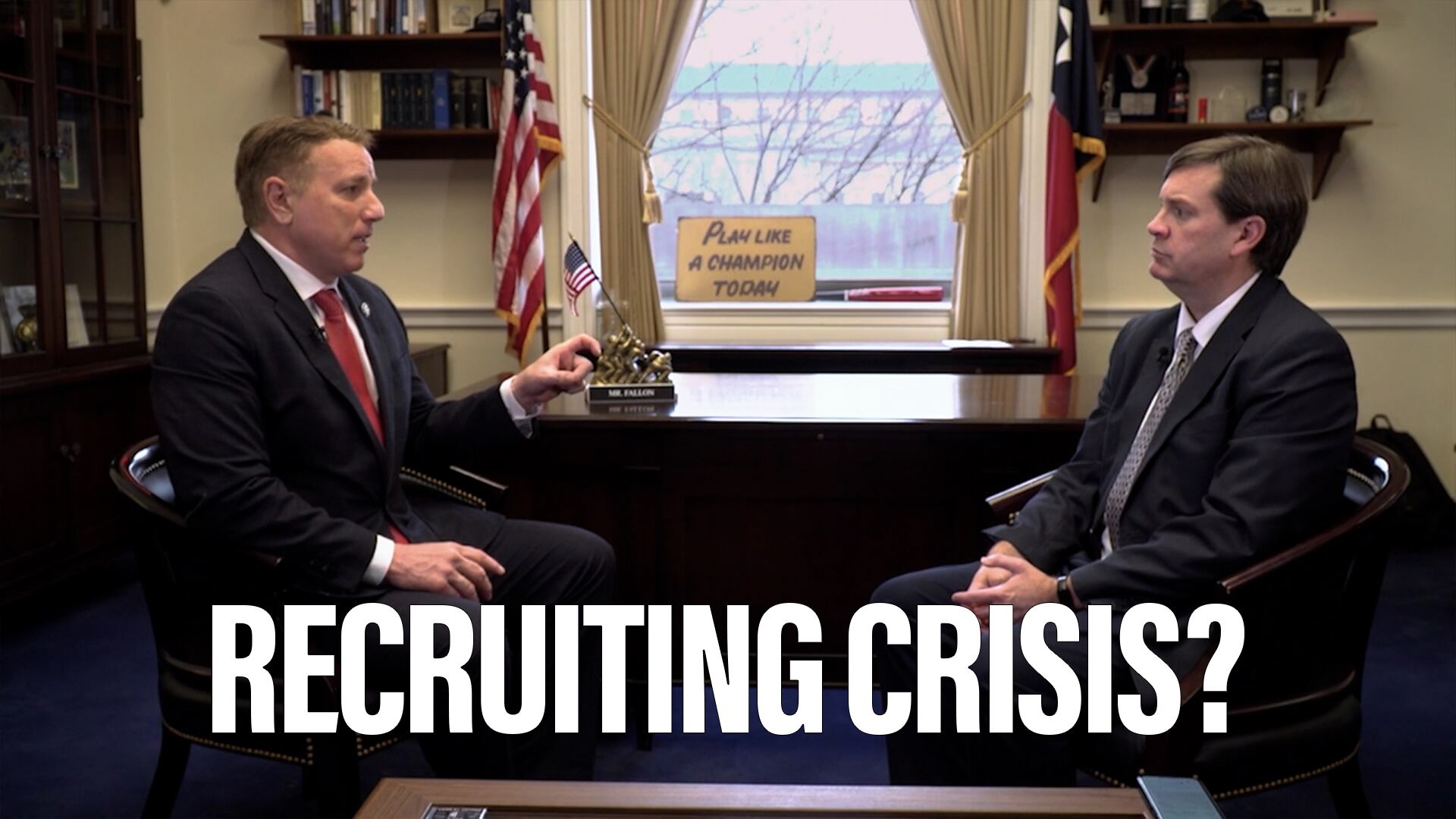Military leaders say they are determined to find faster ways to buy cutting-edge technologies.
“We can’t afford to spend seven years thinking about a requirement,” Army Undersecretary Ryan D. McCarthy said during a 2018 visit to Fort Belvoir, Virginia.
“If it is going to take that long, you are probably not going to get it. So, we need to get these capabilities sooner.”
To that end, the Department of Defense has increased the number of engagements with industry, launched alternative contracting vehicles, and taken other steps to streamline innovation more effectively. Industry officials are often clamoring for that interaction, but some say the Pentagon’s efforts are beginning to bear fruit.
‘Big change’
One area where those changes are most visible has been in the Army’s modernization of its battlefield network. David Huisenga, president and chief executive at Klas Telecom Government, said he has noticed a marked difference in the quality and quantity of engagements between industry and the Department of Defense.
After more than two decades in the business, “I have seen a really big change in the past two years with how the Army is adopting technology,” he said.
“They are really focused on rapid-insert capabilities. I had heard that talked about a lot in the past, but it’s only recently that we have really seen that put into action.”
The Army’s establishment of cross-functional teams has helped to focus energy around priority areas within the C4ISR realm.
Those areas include the Synthetic Training Environment Team (STE); the Network, Command, Control, Communications and Intelligence Team (NET); and the Assured Positioning, Navigation and Timing Team (APNT).
“They have really clarified their priorities within that here are the top five or 10 things they want to do and they have released actual timelines for implementation of those priorities,” Huisenga said.
Klas has taken advantage of the technical exchange meetings, supported by the cross-functional teams and Program Executive Office Command Control Tactical, where both industry and military leaders together work through all of the practical details of emerging requirements.
“Now you have the CFT with the charter to identify and rapidly field the technology, and you have the program executive office that procures and sustains that equipment, working together with industry, all at the same time,” Huisenga said.
For Klas, those engagements helped lead to a recent contract supporting Army’s Security Force Assistance Brigade with an initial trial deployment of advanced networking equipment components. Those are slated for service officials to quickly test and refine those components before a final acquisition. Army leaders have said they plan to upgrade the network with new capabilities approximately every two years.
“The PEO made these purchases rapidly, probably the fastest acquisition I have ever seen, and now we will be getting real feed-back on that product,” Huisenga said.
“We, as industry, know that they will refresh every two years, so we can really focus our engineering on those requirements.”
‘One-stop’ model
Rosemary Johnston, senior vice president of operations at Savi, a maker of geospatial-enabled logistics solutions, likewise gives the military high marks for its efforts to accelerate tech buys.
“The services are doing a phenomenal job of trying to hasten the acquisition process,” she said. She pointed to the Air Force’s emerging “one-stop” model as an example. “They encourage vendors to come to a pitch day and if they like what they are hearing they can go ahead and execute a contract right away.”
Another helpful tool for Savi is the Pentagon’s blanket contract for logistics solutions, under which vendors can be pre-vetted for price and suitability, thus allowing end users in the military to effectively buy direct and bypass the usual prolonged procurement process.
Savi recently took advantage of its place on that list to help secure a contract with the Defense Logistics Agency, under which the company will supply 23,000 sophisticated tracking devices to help DLA manage vast inventories of vehicles and equipment stored at multiple distribution sites.
That opportunity arose in 2018, with just two months to go before the close of the fiscal year, when there was pressure on the agency to get a deal done before the clock ran out on the 2018 money.
Thanks to the rapid acquisition process, “they were able to place the order with us, obligate those 2018 funds, and take delivery before the end of calendar year 2018,” Johnston said.
Tools and tactics
Officials from both PEO C3T and the network cross-functional team told C4ISRNET these are exactly the type of outcomes that the military is looking for.
While it is difficult to gauge the specific outcomes of these early efforts, and many acquisitions departmentwide still drag, officials point to early metrics that suggest industry is responding well. Take, for instance, those technology exchange meetings.
“We are averaging 400 people per meeting representing more than 120 companies, from large defense contractors to small businesses and startups,” said Maj. Brian Wong, chief of market research for the network cross-functional team at Army Futures Command. “I don’t think we could have seen something like this in the past.”
Another tool that officials say has proven useful is the Middle Tier Acquisition authority: Granted by Congress in the 2016 National Defense Authorization Act, it gives the military the ability to make small purchases for rapid prototyping.
“If we see innovation coming out of industry, whether it’s server infrastructure or radio waveforms, we can use rapid prototyping and see how that fits in our network design in order to make better decisions,” said Paul Mehney, who helps manage the office’s industry affairs.
Rapid Innovation Funds offer another means to keep the department ahead of the technology curve. With projects worth as much as $3 million per project, Mehney said, these dollars have been used to explore ways that soldiers can communicate when their first line of communications fail.
The funds have also supported advances in dismounted blue force tracking. Rather than require soldiers to access vehicle-mounted equipment for identifying their status in the field, the Army is testing prototypes of handheld variants that could make soldiers jobs easier.
On the contracting side, the increasingly popular OTA — or Other Transaction Authority — has freed military planners to buy small quantities of emerging tech solutions for prototyping and testing.
The military also is deepening its market research
“We are taking a wider look — beyond the traditional defense contracting space — to include startups and smaller companies,” Wong said.
“We have discussions with incubators and with the venture capital community to see what may be in their portfolios that could be of interest to government.”
The close ties between the CFTs and PEOs help ensure that streamlined buys are targeted to actual military need. PEO C3T leaders point to the fact that they’ve held four technology exchange meetings with the network team and other program offices.
For the vendor community, the fast-track environment presents new opportunities but also new challenges.
Klas, for instance, outsources production of its core product. In order to meet new demand for accelerated deployments, Huisenga said, the company must keep up through more frequent and more specific communications with its manufacturer.
Johnston said her firm’s biggest challenge lies in ensuring that military procurement professionals understand the emerging rules of the road.
“We still get requests from contracting officers who aren’t familiar with these contracts,” she said.
“They’ll ask for a quote, they’ll send a statement of the work, and we have to let them know that a lot of this has already been negotiated. We need to explain to them the process we have already gone through to get to this point.”
Military officials, meanwhile, say their challenge lies in ensuring industry is up to speed on the emerging requirements. Especially in the rapidly evolving C4ISR environment, the military can only meet its accelerated objectives if industry is already up to speed on emerging needs.
“It’s up to us to make sure industry is informed about what our network design looks like currently, what we anticipate our network design goals to shape up like for future capability sets, and to ensure that industry knows what our architecture looks like so they know how to plug into it,” Mehney said.
“We aren’t totally there yet. We still owe industry a better lay-down on those three critical components.”








